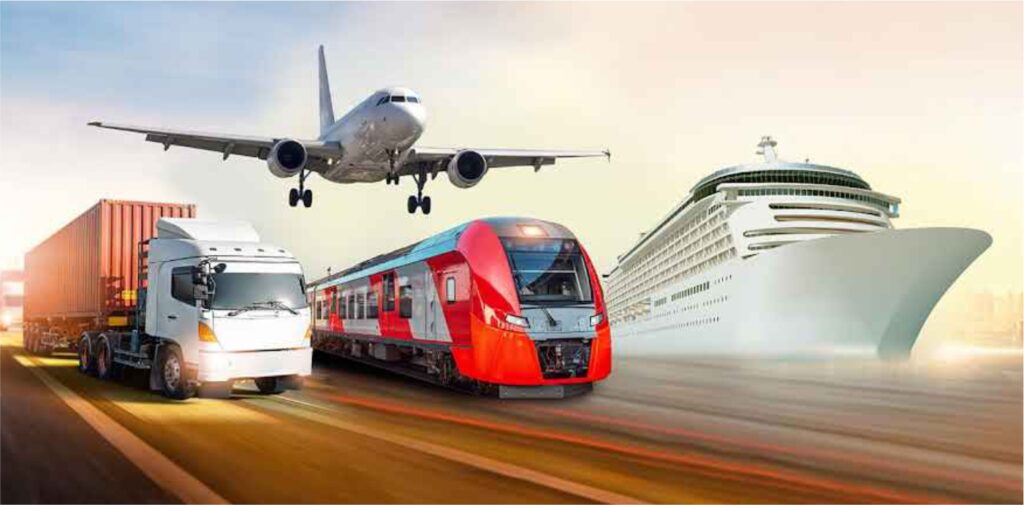Reasons To Invest in India
Defence

- The Indian Defence sector has been at the cusp of revolution, with the Government giving a push to establishment of indigenous manufacturing infrastructure supported by a requisite research and development ecosystem in the Defence and Aerospace sectors.
- Equipment spending by Ministry of Defence has increased 15-20% over the last five years and is projected grow at a much escalated speed in near future.
- India is on its path to becoming the manufacturing hub for world corporations and is already exporting defence equipment to over 75 countries.
- Indian Army unveils Six new ‘Make-II Projects’ spanning technologies across unmanned systems, technologies to counter such systems as well as emerging solutions for augmenting air defence capabilities.
- Indian Navy is focussed on the incorporation of Artificial Intelligence (AI) and Machine Learning (ML) in critical mission areas.
- 25% of defence R&D budget has been earmarked for private industry and start-ups which will pave the way for innovations in new defence technologies.
Transport

- Transport sector forms the largest sector under the National Infrastructure Pipeline. Under the National Infrastructure Pipeline (NIP), US$1.4 trillion infrastructure projects are expected to be completed by 2025, of which 21% are expected from the private sector.
- The Indian Railway Industry is on a fast track modernisation and expansion drive by development of high speed and bullet trains with advanced train designs, and are also committed to reaching net zero carbon emissions by 2030 by making the rail network fully electrified and by use of renewable energy.
- The National Monetization Pipeline (NMP) includes ambitious plans to privatise Railway assets. It accounts for the second largest share of 25% in the NMP with a value of INR 1.52 lakh crore. Asset monetization of INR 44,907 crore has been planned for FY24 and INR 32,557 crore for FY25.
- National Rail Plan aims to increase share of freight traffic from current percentage of 27% to 45% by 2051.
- India’s transportation and logistics sector is poised to grow at a compounded annual growth rate (CAGR) of around 4.5% during 2022 to 2050. This growth will align with the Government’s targets to reform and develop the Transport sector of the country, from capacity expansion of Ports to building greenfield Airports and Expressways.
- Government plans to invest INR 98,000 crore on construction of new airports and modernising existing ones by 2025. Over two-third of this investment (INR 67,000 crore) will be made by the private sector on greenfield projects.
- India’s Roads and Highways infrastructure market is expected to register a CAGR growth of 36.2% during 2016 to 2025. Highway construction is already expanding at a fast pace in the country, increasing from 6,061 km in FY16 to 10,457 km of roads constructed in Fy22
Alternate Energy

- India targets 50% cumulative electric power installed capacity from non-fossil fuel-based energy resources by 2030.
- India aims to reach a non-fossil fuel energy capacity of 500 GW by 2030 Solar Power tariff reduced by more than 75% using plug and play model.
- India planning to have a capacity of 30,000 MW of Offshore wind and manufacture of high efficiency solar cells and modules of which India is going to set up 50,000 MW capacity.
- Indian Government aims to have a total investment of INR 8 lakh crores in green hydrogen, and production could be 5 MN tons by 2030. The fuel will be used to replace 25% of ‘grey’ hydrogen, created using natural gas or methane, within 5 years.
- India, US, China and Brazil are in consultation to form a ‘Global Biofuels Alliance’ to explore opportunities for cooperation and intensifying use of sustainable fuels, particularly in the transportation sector.
- Adoption of clean cooktop fuels, such as use of solar cooktops will give a boost to green and clean cooking and more than 3 crores households will have access to such cooktops in the next 2-3 years.
